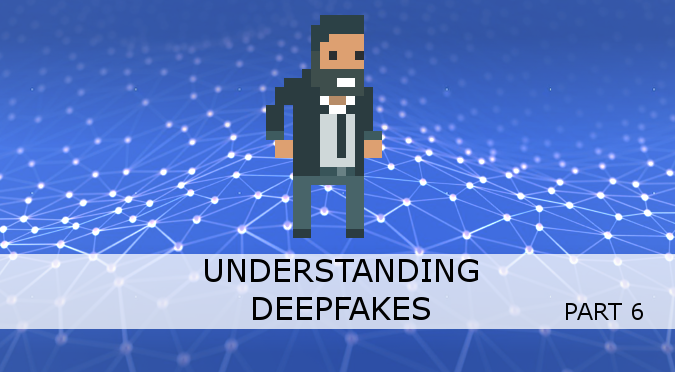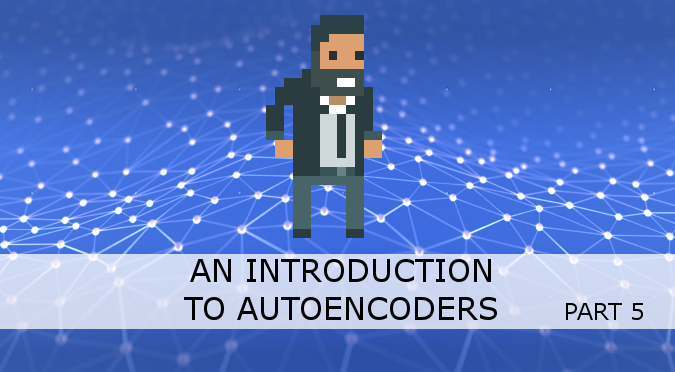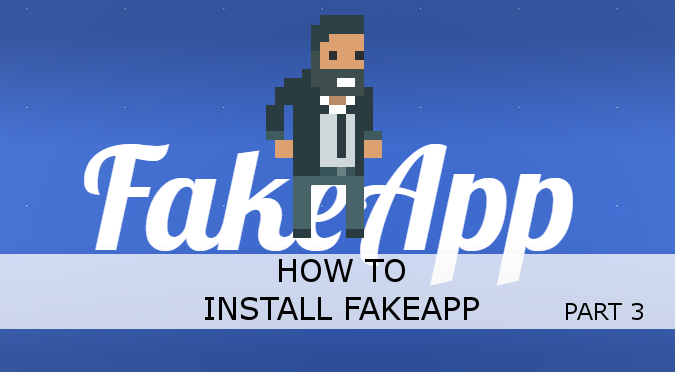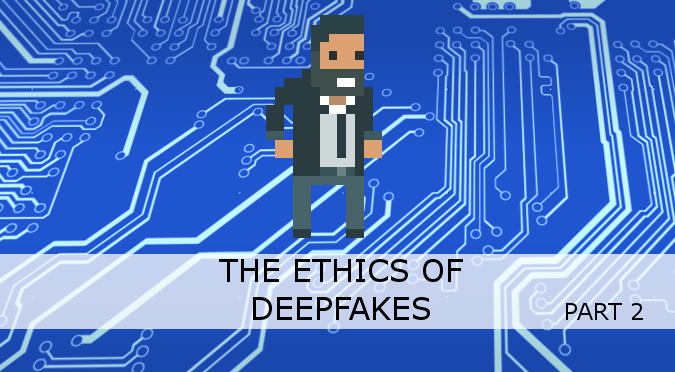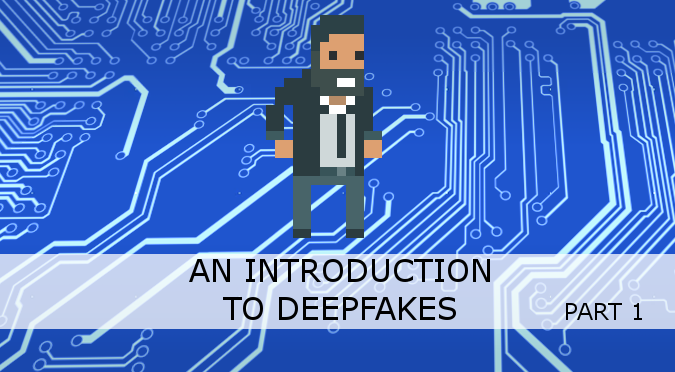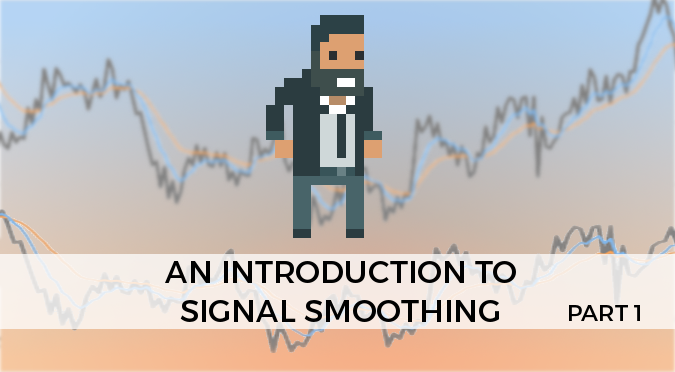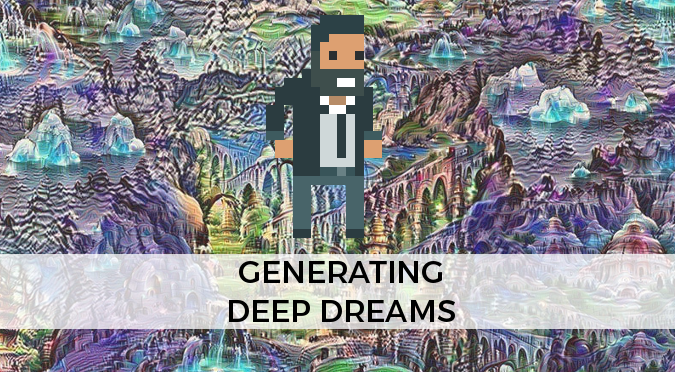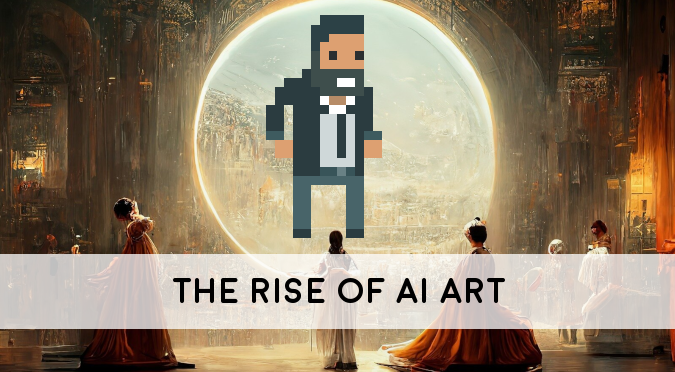
Over the past ten years, Artificial Intelligence (AI) and Machine Learning (ML) have steadily crept into the Art Industry. From Deepfakes to DALL·E, the impact of these new technologies can be longer be ignored, and many communities are now on the edge of a reckoning. On one side, the potential for modern AIs to generate and edit both images and videos is opening new job opportunities for millions; but on the other is also threatening a sudden and disruptive change across many industries.

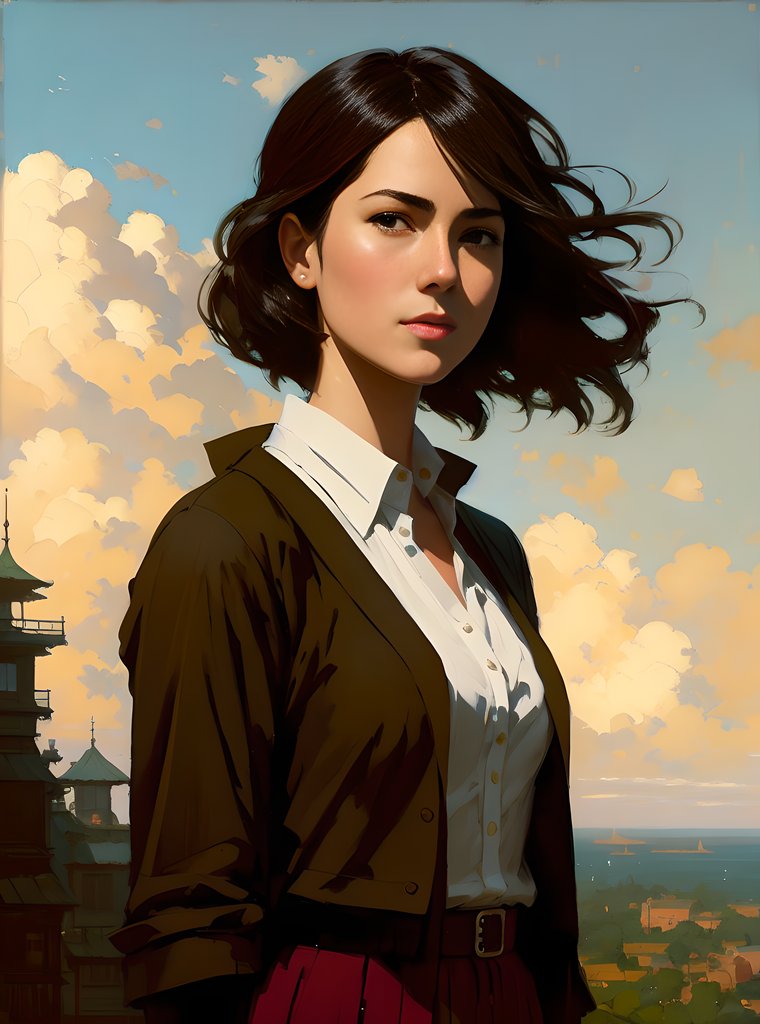
The purpose of this long article is to serve as an introduction to the complex topic of AI Art: from the technologies that are powering this revolution, to the ethical and legal issues they have unleashed. While this is still an ongoing conversation, I hope it will serve as a primer for anyone interested in better understanding these phenomena—especially journalists who are keen to learn more about the benefits, changes and challenges that that AI will inevitably bring into our own lives. And since the potential of these technologies—and the best way to use them—are still being explored, there will likely be more questions and tentative suggestions, rather than definite answers.
In this article I will try to keep a positive outlook, as I feel is important to show and inspire people on how to better harness this technology, rather than just demonising it. And while predicting the future is beyond the scope of this article, there will be plenty of examples of how new art practices and technologies have impacted art communities in the past.
Continue reading

